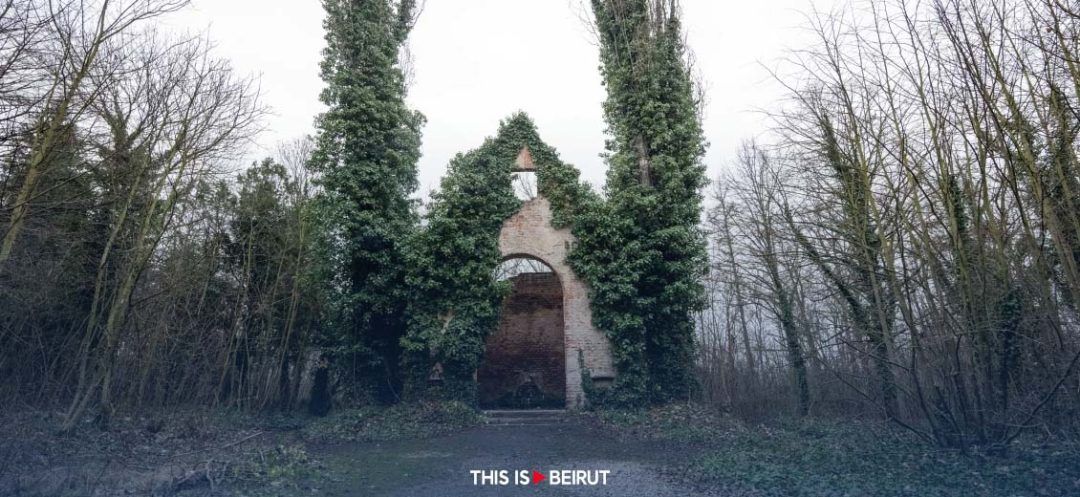
©An old stele at the so-called 'lunatic graveyard' near Bohnice mental hospital in Prague Czech Republic. The sprawling "lunatic graveyard" as it is publicly known served around 4200 people. Photo by Michal Cizek / AFP
In the shadows of Prague, the Bohnice Cemetery, known as the "Madmen’s Cemetery," holds within its grounds the forgotten stories of society’s outcasts. This enigmatic resting place, once a backdrop for Hollywood magic and royal visits, is now a testament to the dedication of those striving to preserve its haunting beauty and unique history for future generations.
Nestled on the outskirts of Prague, far from the tourist hustle and bustle, lies an enigmatic and little-known place: the "Madmen’s Cemetery." Established over a century ago to bury patients from the Bohnice psychiatric hospital, this vast cemetery with more than 4,200 graves has been the setting for Milos Forman’s film Amadeus and even welcomed Margaret Thatcher. Yet, it remains off the traditional paths, preserving its unique atmosphere.
The Bohnice Cemetery stands out for the deceased it shelters. Jiri Vitek, a volunteer caretaker and local official, emphasizes its purpose to welcome not only psychiatric patients, but also individuals marginalized by society. This specificity gives it an aura conducive to legends.
Opened in 1909, the cemetery welcomed its first occupant, a child taken by tuberculosis, two days after its consecration. The Bohnice hospital, then the largest psychiatric facility in the Austro-Hungarian Empire, resembled a self-sufficient village, where patients engaged in agricultural and craft activities.
Over time, the cemetery became the resting place of hospital staff, as well as Austrian soldiers and Italian patients, most of whom were victims of a typhoid epidemic during the Great War.
Despite its closure in 1951 and decades of neglect, the cemetery’s charm captivated Milos Forman, who filmed a key scene of Amadeus, his Oscar-winning masterpiece, there.
In 1990, Margaret Thatcher visited to repatriate the remains of a British pilot, whose grave could only be located thanks to a vagabond, in exchange for a case of rum.
Beyond these events, the cemetery is especially renowned as a challenge for the youth, particularly in the criminals’ quarter. Some mention a negative energy and an unexplained cold, which Jiri Vitek attributes to the lime used for non-believers, buried without a coffin.
The 1980s even saw the discovery of a satanic ritual, adding to the mystery of the place, which was also used as an illegal dump until Jiri Vitek’s intervention in 2011.
For more than a decade, this former firefighter has worked to preserve the cemetery, organizing visits, writing a book and planning the restoration of the chapel and memorial.
His dedication hints at a renaissance for this exceptional site, promising visitors an immersion into an unknown chapter of Prague’s history.
A true hidden treasure, the Bohnice Cemetery offers a captivating journey through the history of psychiatry and tormented fates. The dedication of enthusiasts like Jiri Vitek paves the way for the conservation of this unique heritage, so that future generations can discover this forgotten facet of Prague. Visiting this unusual cemetery offers an experience off the beaten path, as moving as it is unforgettable.
With AFP
Read more




Comments